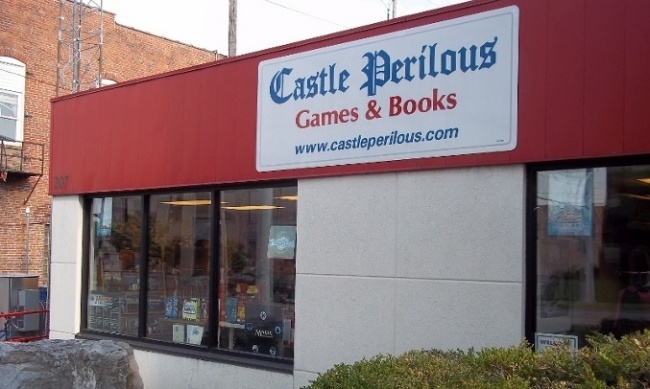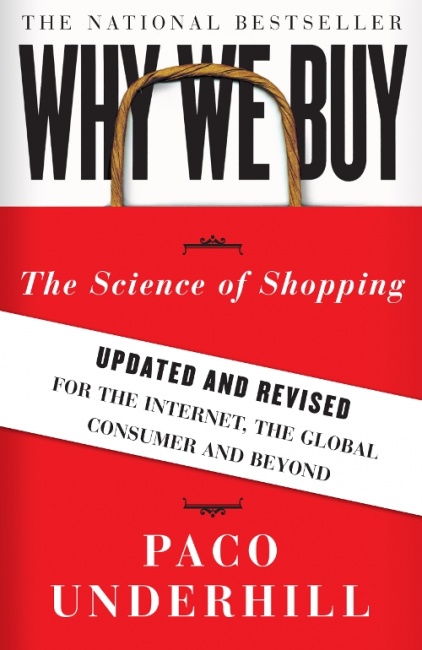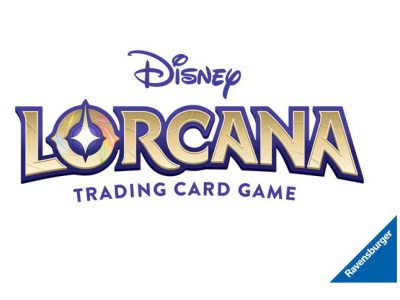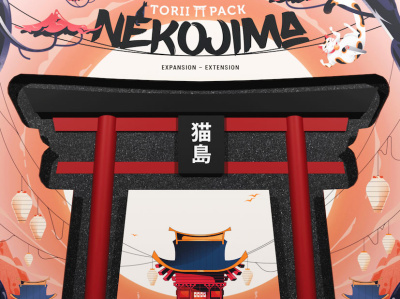Rolling for Initiative is a weekly column by Scott Thorne, PhD, owner of Castle Perilous Games & Books in Carbondale, Illinois and instructor in marketing at Southeast Missouri State University. This week, Thorne explains how some principles of store layout apply to game stores.
Whenever I go out to stores at this time of year (or any time of year for that matter), I always like to take a look at how the owners of the store have laid it out and if they have used any marketing research, especially those espoused by Paco Underhill in his classic book Why We Buy (and if you run a store and have not read this, it should be your next book to read. If you are a publisher or distributor wanting to help your retailer partners do a better job, get a copy of it for them as a Christmas present. Either that or Dave Wallace’s Specialty Retailer’s Handbook, available from The Fantasy Shop for about $30 last time I checked, but I digress).
Anyhow, as the saying goes, "You never get a second chance to make a first impression." The image that fixes in the customer’s mind, for good or ill, forms within the first few seconds after they enter the store. That’s why we have copies of what non-hobby game players consider games, such as Clue, Life, Sorry, and Monopoly on display at the front of the store, along with games such as Catan, Lotus, Betrayal at House on the Hill and Munchkin, which are readily recognizable by the hobby game player.
When you go into a supermarket, almost always you enter through the produce section. Why? Produce is the freshest part of the store. The store wants its customers to perceive all of their products as fresh, so by having them walk through produce, which is by its nature fresh, the expectation is that that perception will translate over to other products in the store such as canned vegetables and potato chips, items that can sit on the shelf safely for longer periods of time.
Similarly, is there some form of what Underhill refers to as a "decompression zone" at the entrance, something to slow customers down as they enter the store? Underhill notes that most customers enter a store walking fairly briskly so in general it is not a good idea to have products for sale right at the front entrance as the customer will walk right by them before they have a chance to slow down. Ergo, it is a good idea to have some way to slow down the customer before they go into the store proper, such as a vestibule that forces them to stop and open the door or a greeter to welcome them as they come in.
Finally, what is the general layout of the store, clockwise or counterclockwise? Unfortunately for left handed people, the overwhelming number of customers are right handed and the store should be laid out to reflect that. Generally, people will turn in the direction of their dominant hand so most stores have a counterclockwise layout with merchandise displayed to make it easier for the right hand to pick up and put in a basket (you do have shopping baskets in your store, don’t you? While shopping carts are impractical for most stores, Underhill’s research shows that hand carried baskets induce customers to put merchandise in them, increasing sales).
Here’s to healthy holiday sales for all stores.
The opinions expressed in this column are solely those of the writer, and do not necessarily reflect the views of the editorial staff of ICv2.com.

Column by Scott Thorne
Posted by Scott Thorne on December 12, 2016 @ 12:36 am CT
MORE GAMES
Ravensburger Announces New Event Dates
July 1, 2025
Ravensburger crowned its first Disney Lorcana World Champion at Walt Disney World Resort in Orlando, FL.
In New Expansion for the Popular Dexterity Board Game
July 1, 2025
Hachette Boardgames will release Nekojima: Torii Pack , a new board game expansion by Unfriendly Games, into retail.
MORE COLUMNS
Column by Rob Salkowitz
June 30, 2025
Columnist Rob Salkowitz talks to a mid-sized publisher who told him we are at "DEFCON 2, if not DEFCON1."
Column by Scott Thorne
June 30, 2025
This week, columnist Scott Thorne discusses sales on the Final Fantasy set and his experience with Games Workshop's policies on breaking release dates.








